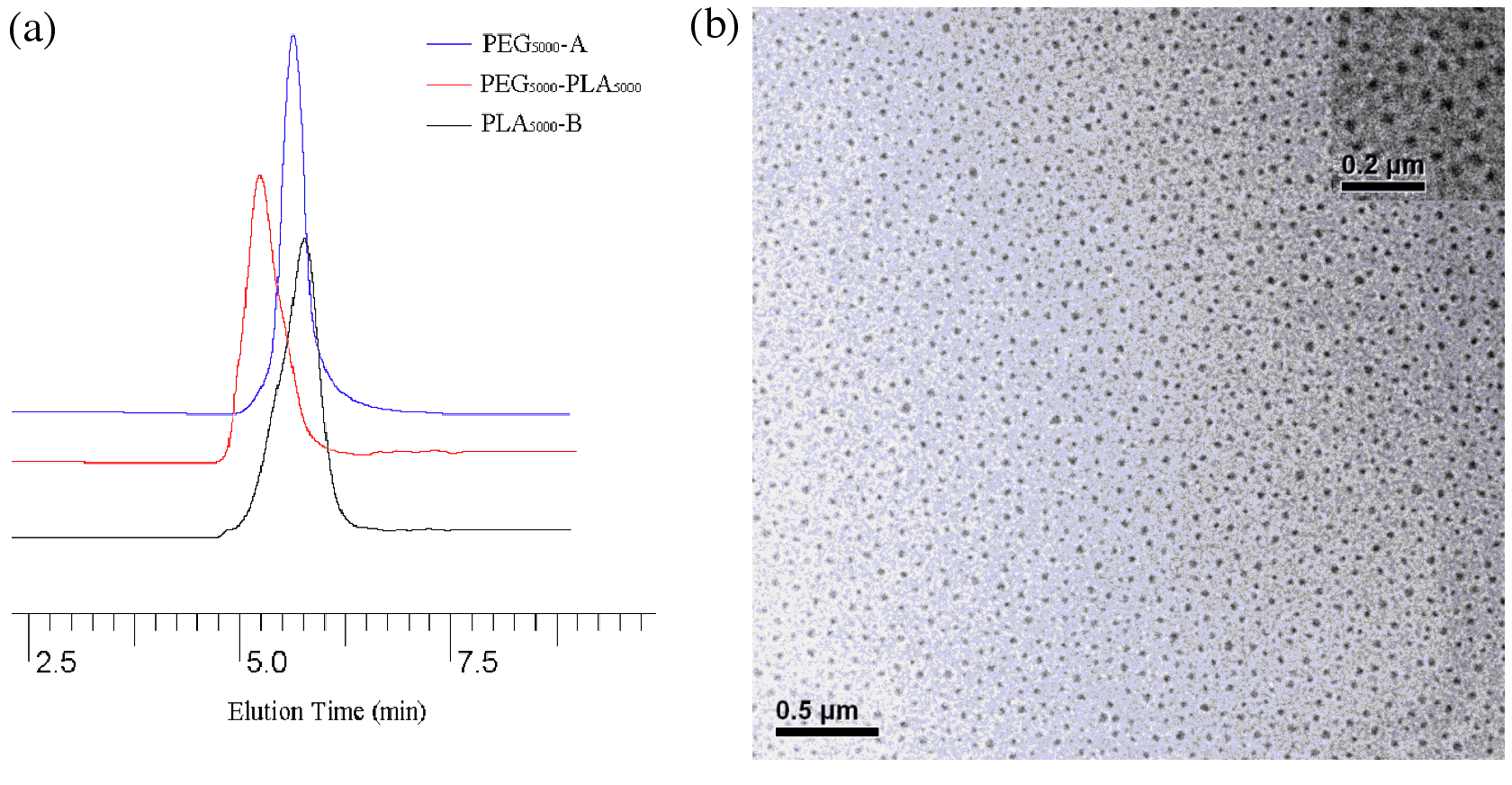Reports: ND751048-ND7: Hydrogels Based on Dynamic Covalently Linking and Crosslinking
Bing Gong, PhD, State University of New York at Buffalo
This project involves the the creation of dynamic polymers and polymer networks for forming new polymeric hydrogels. Networks are formed based on non-covalently crosslinking hydrophobic and hydrophilic polymer chains. The basic linking units are derived from sequence-specific molecular duplexes that are equipped with both multiple hydrogen-bonding and disulfide bond-forming ability. These duplexes, derived from H-bonded duplexes we developed, are capable of mediating highly specific association and covalent crosslinking in both nonpolar and polar (including aqueous) media. Our proposed objectives are (1) to modify commercially available, biocompatible polymer chains including poly(lactic acids) (PLA) and poly(ethylene glycol)(PEG) chains with our linking units, (2) form libraries of amphiphilic dynamic covalent diblock, triblock and multi-block copolymers with various, readily adjustable PLA/PEG ratios mediated by the introduced duplex units, and (3) to correlate the effect of PLA/PEG (thus the hydrophobic/hydrophilic) ratios on gelating ability of the resultant amphiphilic block copolymers.
Over the past four years (the 4th year involved a no-cost
extension), we elucidated the conditions for coupling PLA and PEG chains of
various lengths. PLA and PEG chains with molecular weights ranging from 1,000
to 5,000 end-modified with our duplex-forming units are successfully and
efficiently coupled, leading to the formation of diblock
and triblock copolymers. The resultant block copolymers
have been characterized with 1H NMR and GPC, results from which have
demonstrated the expected high efficiency of our method. Figure 1a show the GPC
traces of The obtained diblock copolymers
were examined for their We have also made major progress in ligating different
ratios of PEG and PLA chains into linear amphiphilic multiblock copolymers, which offers a general strategy for
adjusting the overall hydrophilicity and hydrophobicity
of the corresponding multi-block copolymers. The gelating
ability of some of these multi-block copolymers have being assessed, which
revealed very promising properties including tunable thermo-reversibility. On
another front, by introducing branched crosslinkers,
we tested the construction of covalently cross-linked networks of hydrophilic
polymer chains. Polymeric networks with different crosslinking densities and
thus different mechanical strength, were obtained. The
latest results have been reported in three recent publications.












